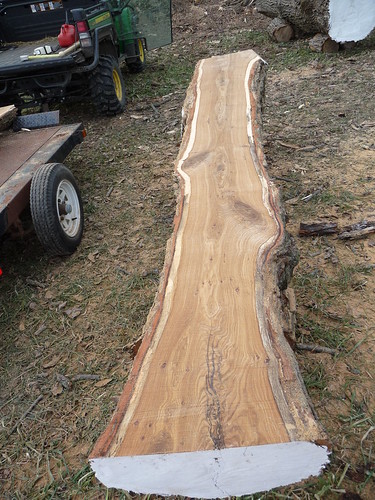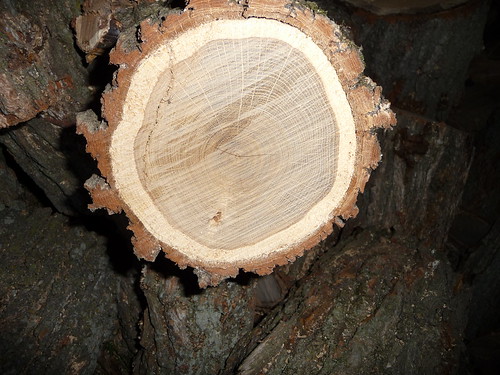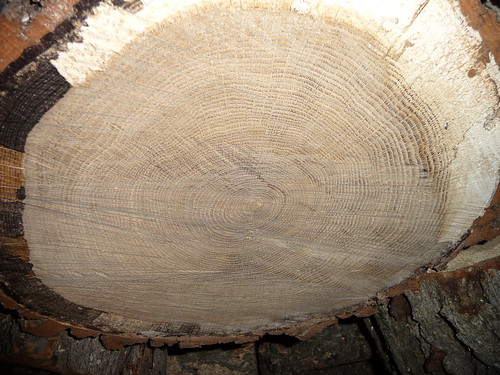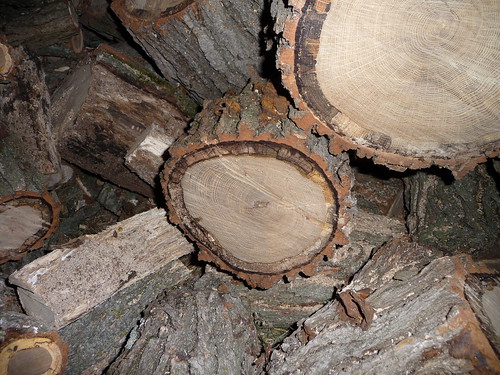cjk
ArboristSite Operative
I have this tree that was dead/dying the last few years and finally took it down today. Is this black walnut? I do not have a wood shop yet, so I am just milling it to use sometime in the future or giving to woodworkers that I know. So what is the best way to mill this tree? I am guessing 5/4 lumber as wide as I can get? Start milling with my Alaskan and just keep making boards or split the log in half with the alaskan and use my minimill to make boards out of the half log? The tree is about 24" at the base, 12' straight then branches out all over. Might be some cool looking wood in there, but I have never really milled a nice tree so I don't want to screw it up.
The tree is down and I coated the end with a heavy coat of latex paint. Hope it dries with the cold weather. I should have it milled up and in the shed in a week or so.
Any other tips are welcome.



The tree is down and I coated the end with a heavy coat of latex paint. Hope it dries with the cold weather. I should have it milled up and in the shed in a week or so.
Any other tips are welcome.














